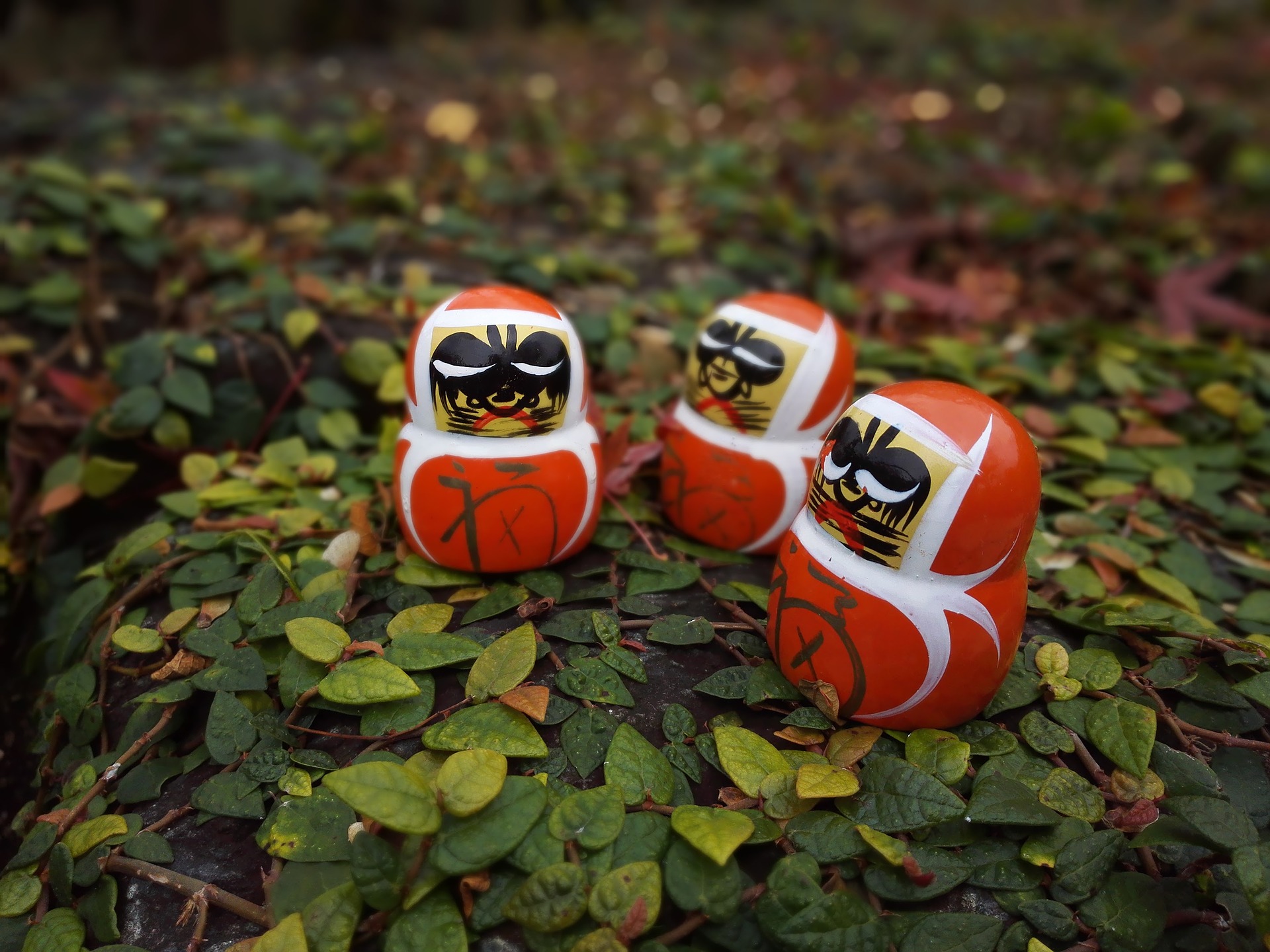Motivational Stories – Daruma – Wishes And Projects
This page contains affiliate links The Daruma Doll: The Figure For Good Luck In Japan If you spend some time in Japan you are bound to encounter a unique doll – a red, round, humanoid creature that lacks legs or arms. The doll may or may not have eyes while others have some fancy facial […]

